 By Christopher Miskimon
By Christopher Miskimon
The German Army had extensive combat experience, some of the best weapons and equipment, and in June 1944 was holding its own in Italy and on the Eastern Front. The Wehrmacht knew a cross-Channel invasion was coming sooner or later and had been preparing for years to meet it. When that invasion finally fell upon the Normandy coastline and into the hedgerows and towns beyond, the German forces managed to hold for 10 weeks and in a few instances came close to defeating the largest amphibious assault force ever assembled. Despite the leadership of commanders such as field marshals Gerd von Rundstedt and Erwin Rommel, it was really a fight led by division and regimental commanders. These soldiers bore the brunt of the fighting and suffered the most in its outcome through death, injury, or capture.
This book is an in-depth look at the Normandy Campaign from the German point of view. The author examines how the Germans viewed the fighting, how they prepared for it, their force composition, and whether
they could have done more to defeat the landings. Extensive use is made of veteran accounts to provide an authentic look at the German perspective. The book is thoroughly researched with a clear and logical narrative for smooth reading.
D-Day Through German Eyes: How the Wehrmacht Lost France (Jonathan Trigg, Amberley Press, Gloucestershire, UK, 2022, maps, photographs, appendix, notes, bibliography, index, $16.95, softcover)
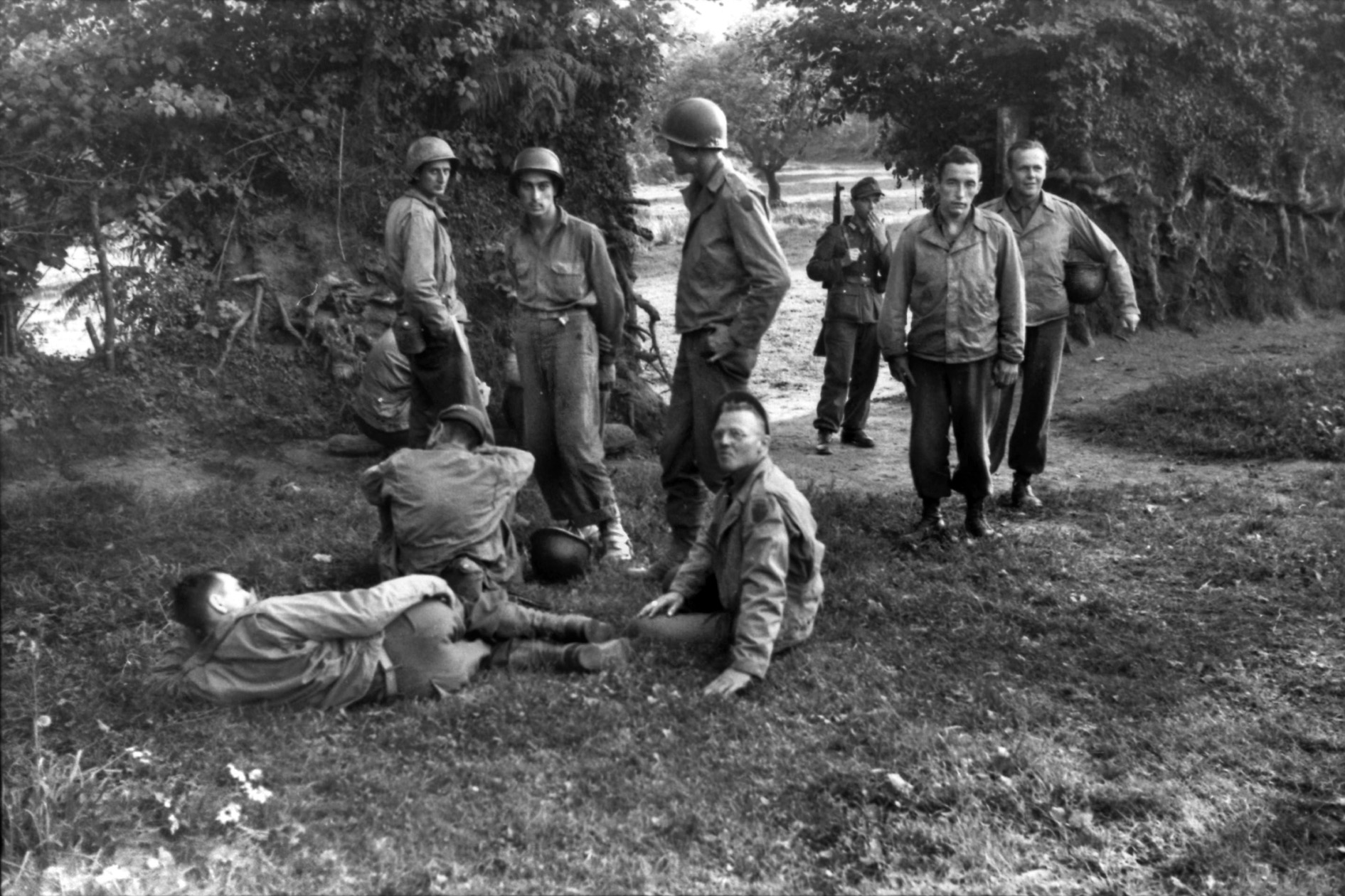
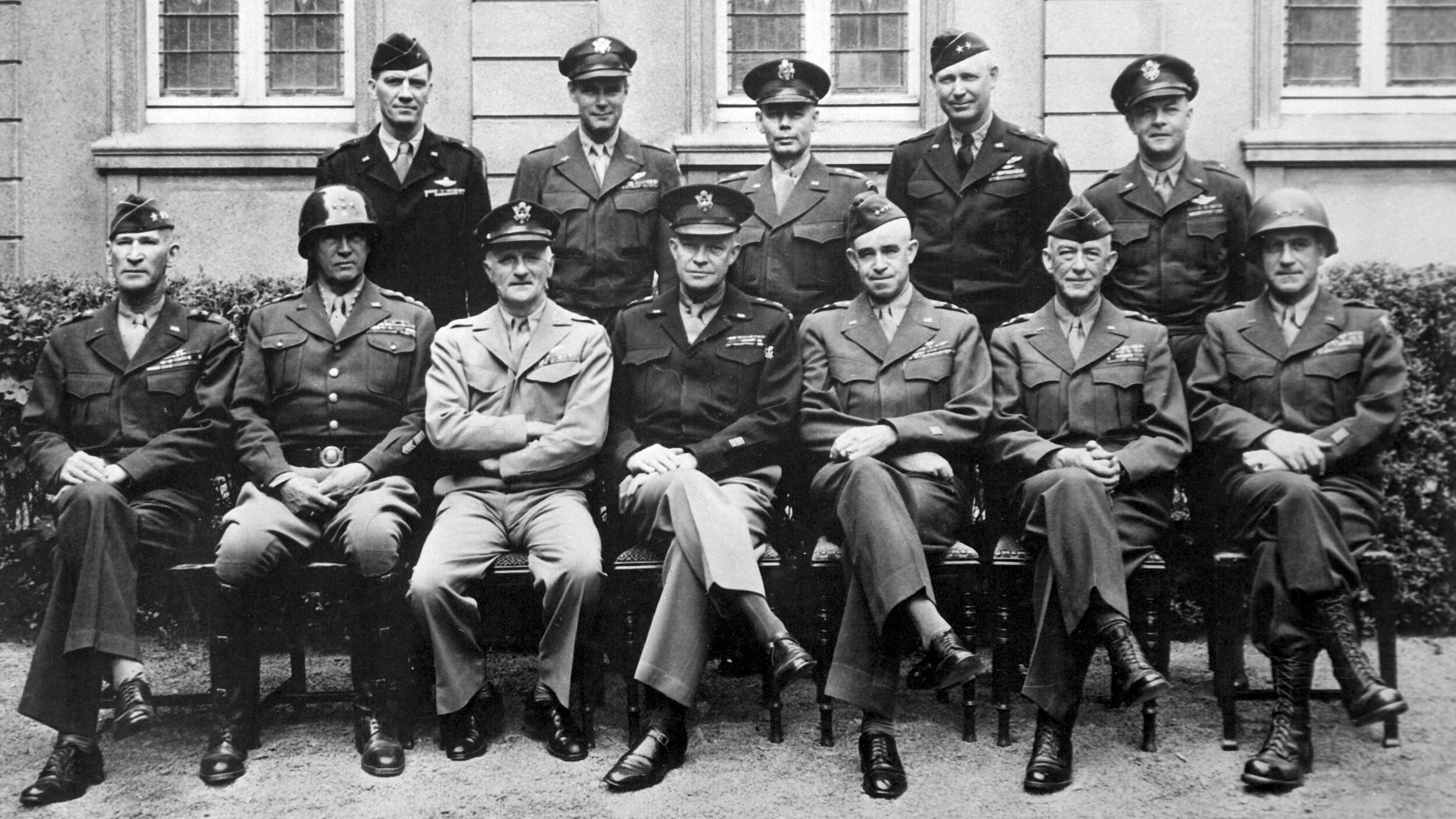
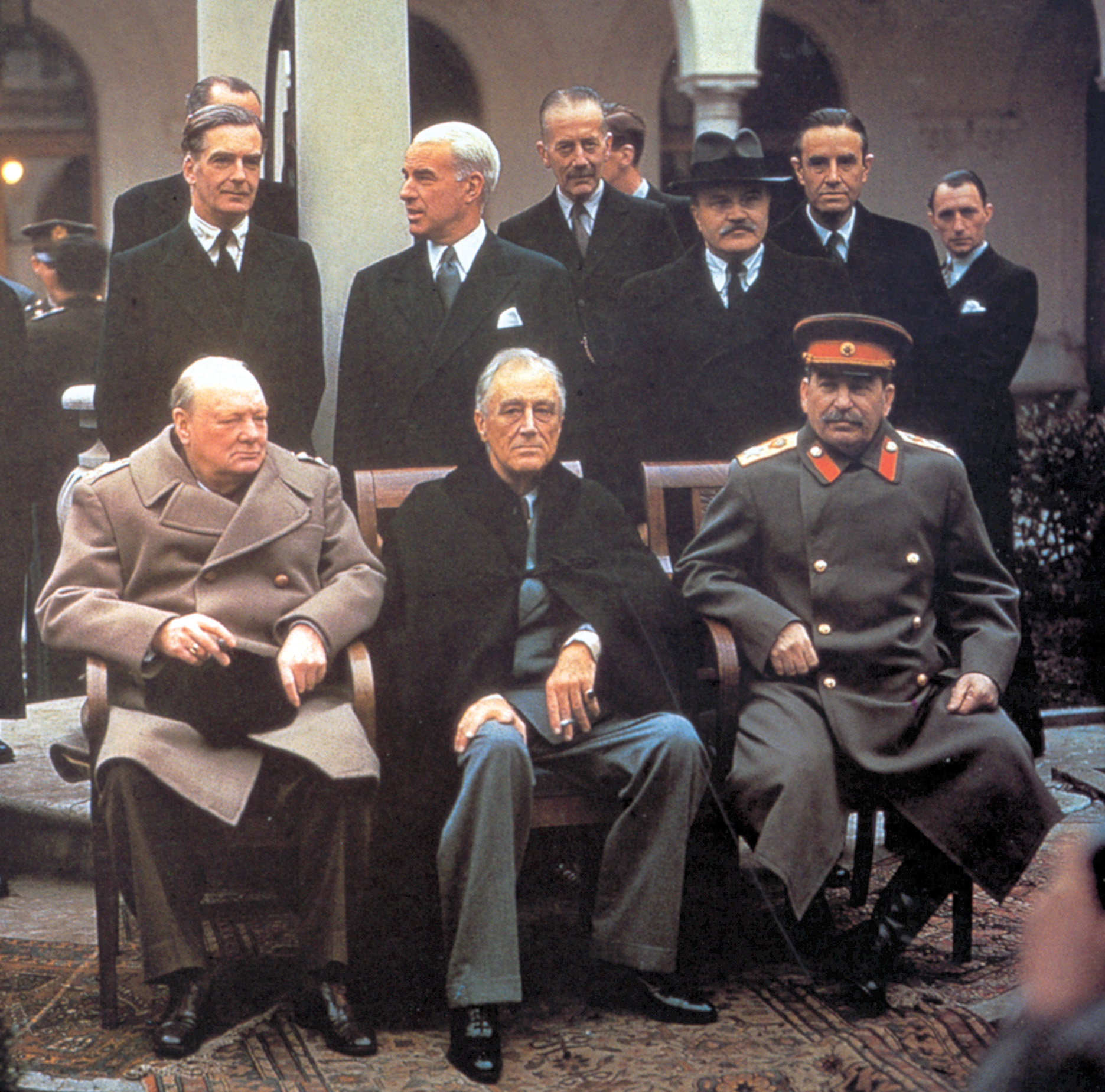
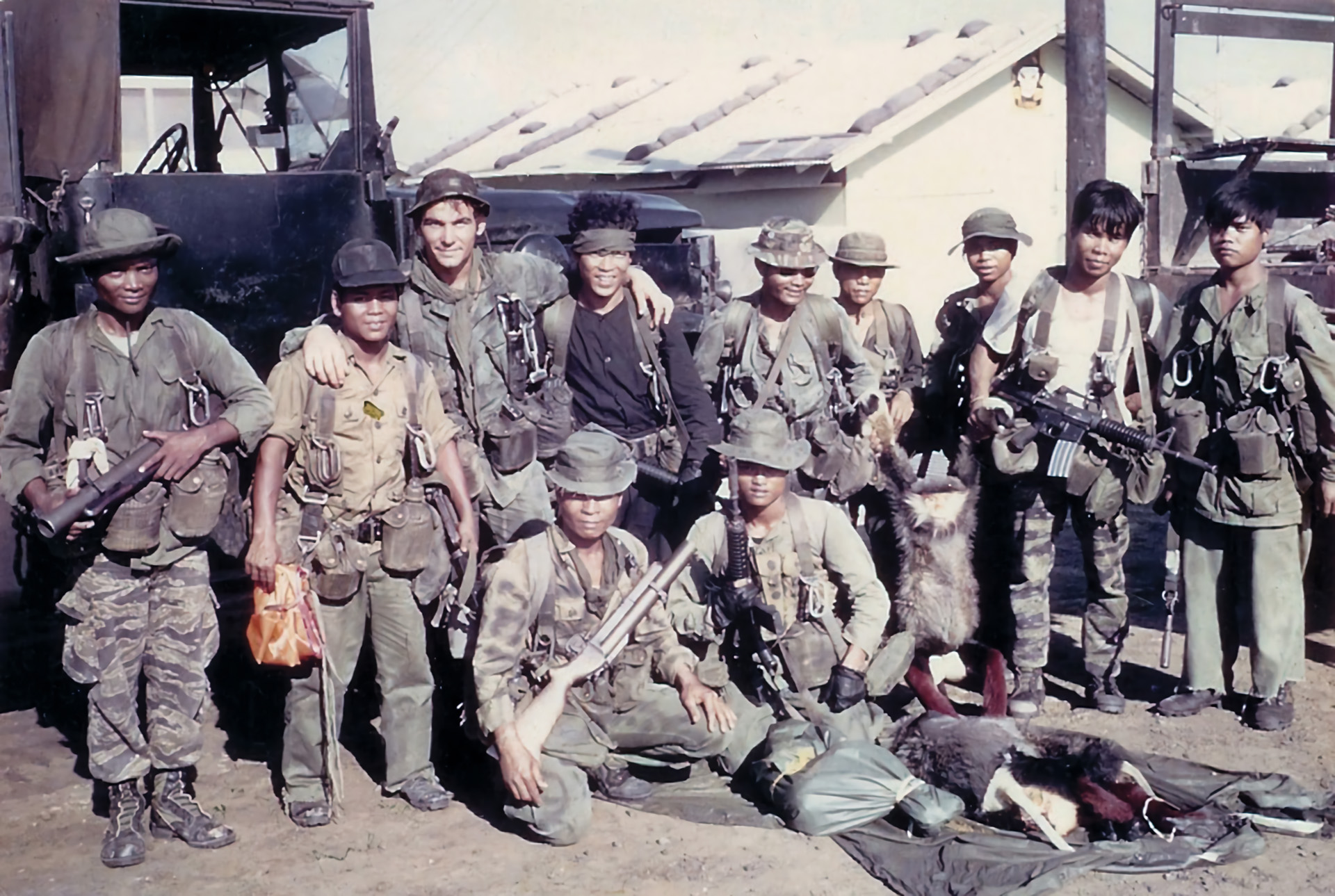
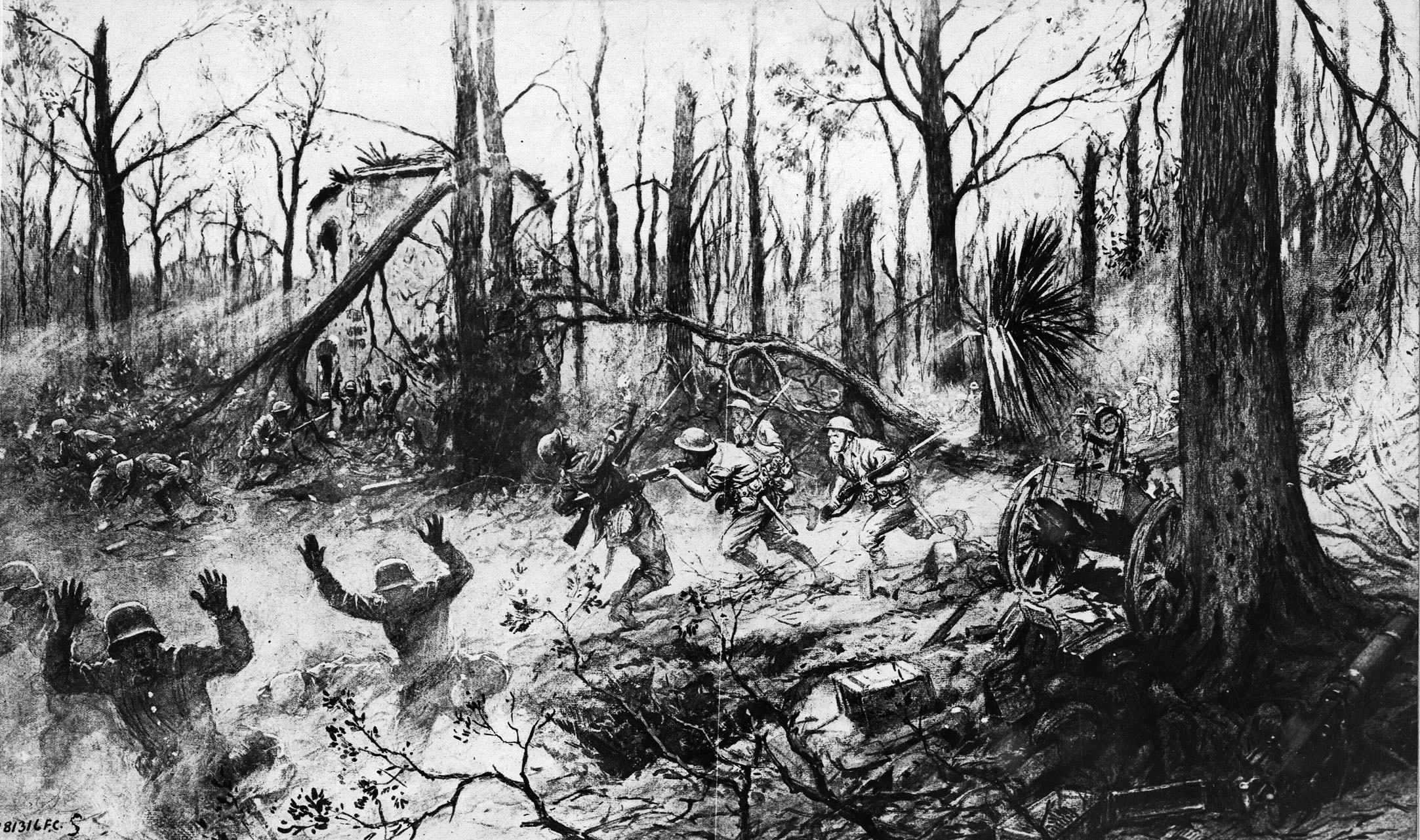
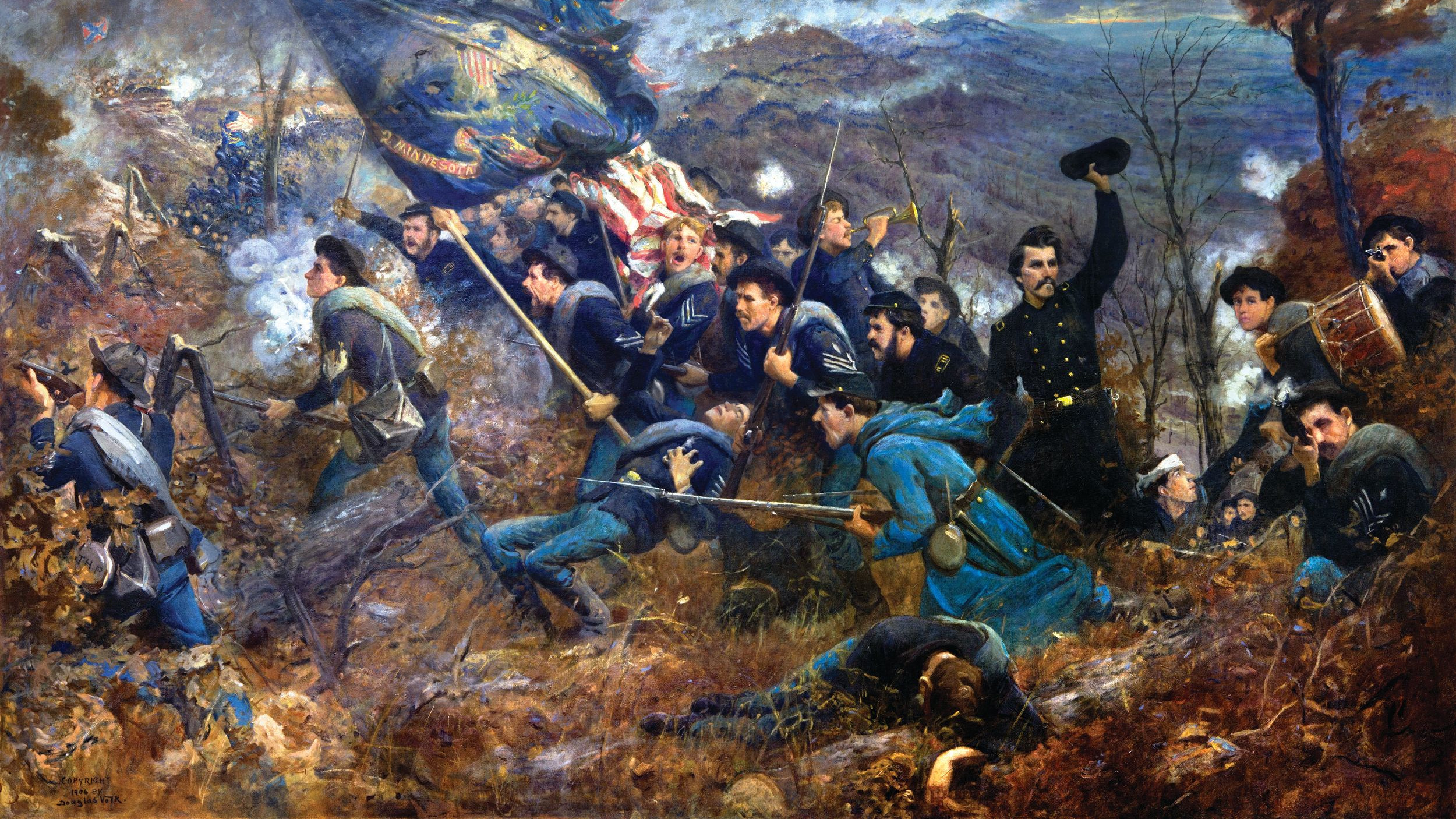
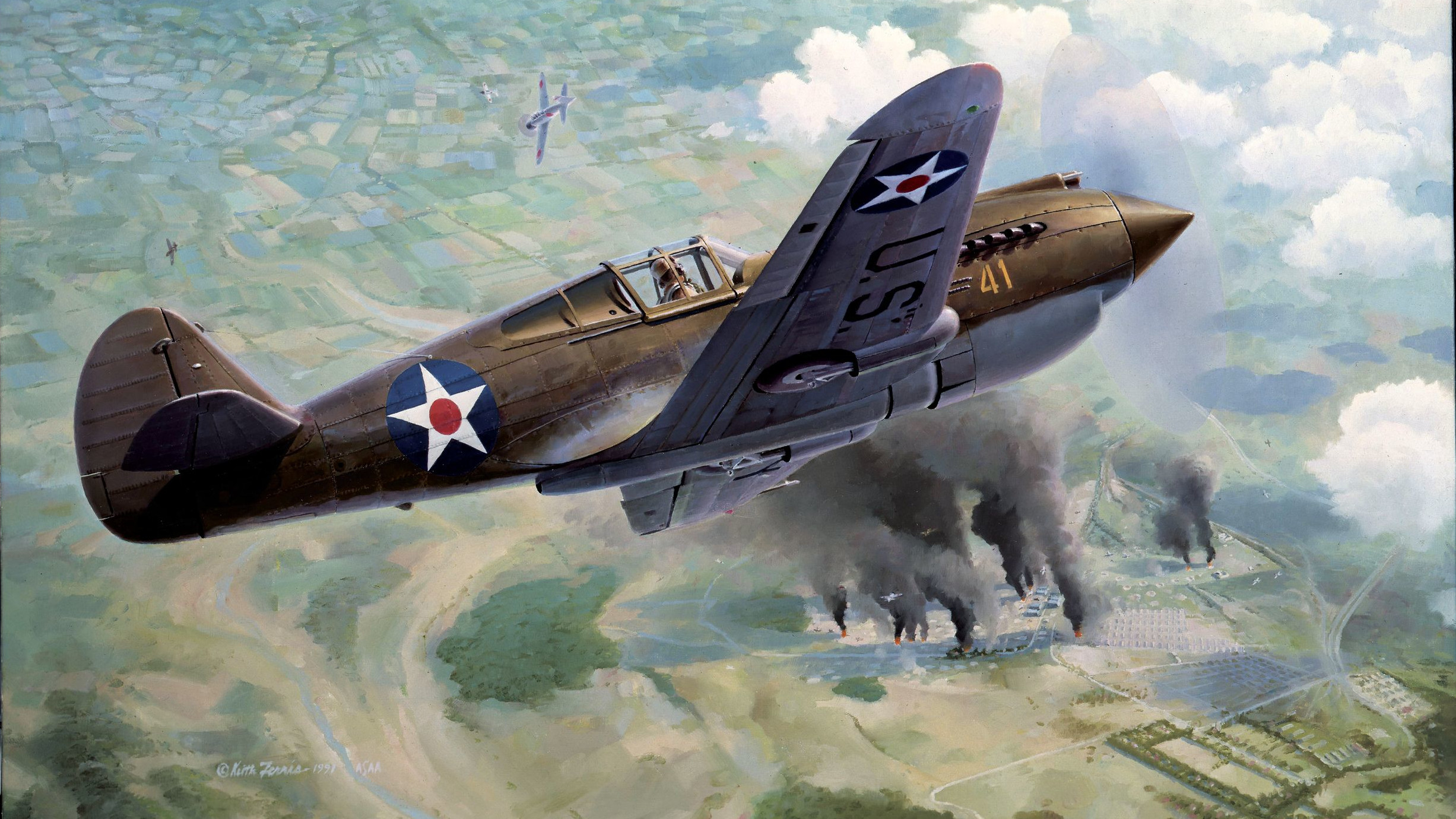

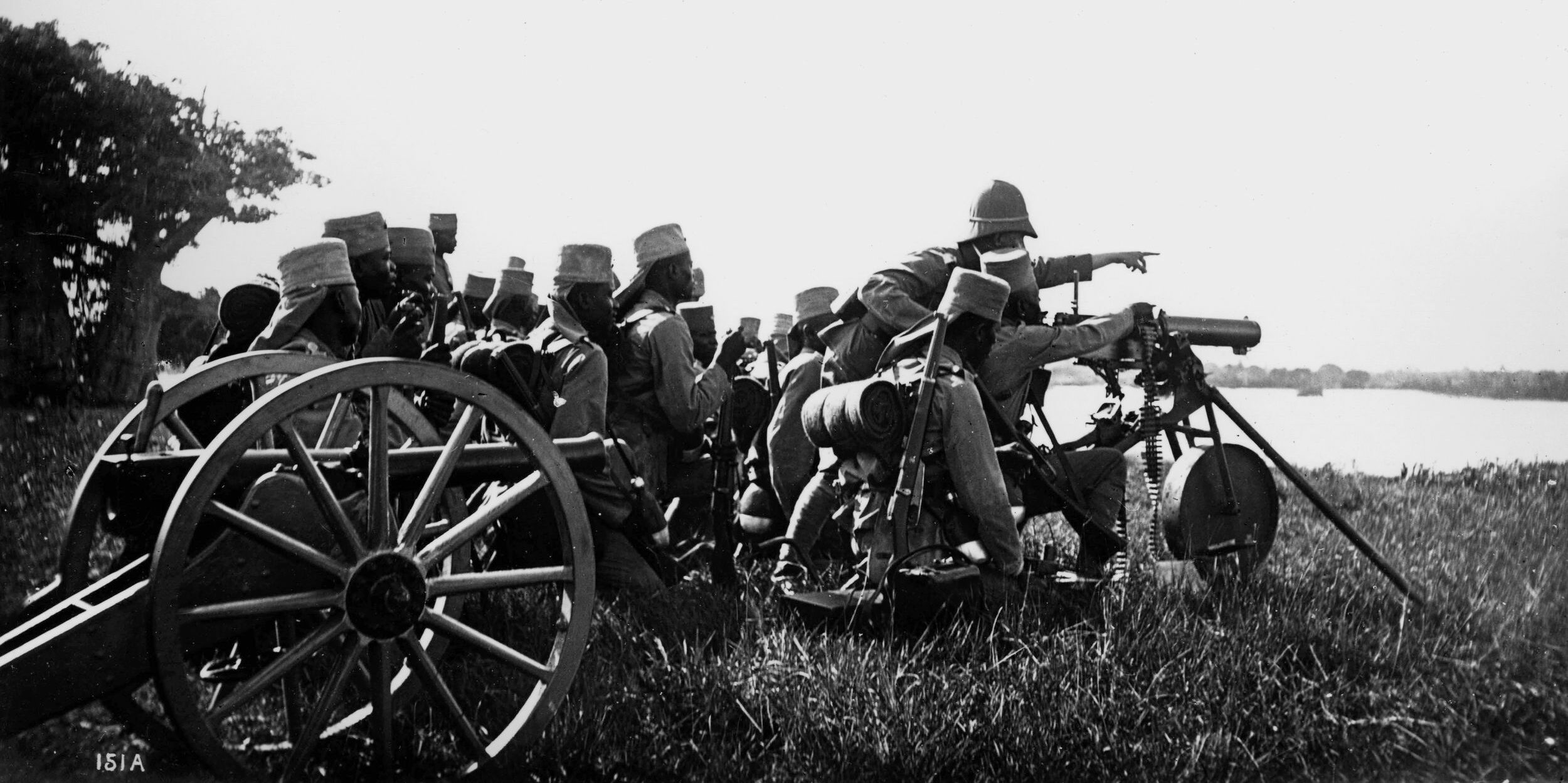
Join The Conversation
Comments
View All Comments